Comparing kitesurfing to other water sports, it is simpler to learn. Additionally, a number of kitesurfing schools may assist people in learning the sport, ensuring that they pick it up within a few days to a few weeks. Although learning to kitesurf is not difficult, the activity demands the rider to put in a lot of work and good concentration.
People who have already participated in other board sports or water sports typically find kitesurfing to be simple. Additionally, it is a reality that learning to kitesurf grows harder as you get older, just like it does with other sports. The ability to learn new things can surprise you, thus it is not a good idea to judge people by their age.
The problem with the vast majority of young people is that they are too eager to jump in the water and don't show much interest in the theoretical portion of the session. On the other hand, older people are typically far more cautious and take all the essential safety measures before beginning to kitesurf. When learning to kitesurf, the best feature is that it is thrilling at any level and completely addictive.
Naish Kiteboarding Tips to Make Kitesurfing Better
Getting a Flight
When riding without a harness, you should be aware of how your board feels in the air. This sensation is comparable to angling your Naish kiteboards into the wind when standing on a windy beach such that it hangs on your fingertips. Find a balanced point on your board first. Then, moving quickly, begin slamming into tiny waves and allowing yourself to "float" in the air. Don't ollie; simply allow the board to rise gradually. Try not to grab the board; that is not balance; that is force. By mastering this, you can keep your feet firmly planted on the board while riding about and learn how to perform airs.
Imagining Success
The power of visualisation is crucial when doing any trick. It will be more difficult to pull off a trick in the water if you can't picture yourself doing it in your thoughts. To comprehend what the person is doing and what the kite is doing, You must watch videos and use slow-motion replay. Walk yourself through the trick on land once you've mastered visualisation so that your body gets a sense of the move.
An Upwind Anchor
The secret to remaining upwind is to highlight distinct landmarks so you always know where you are in the sea. Consider the wind direction and your riding location before your workout. Look for landmarks you can see while riding that are both on the water and on land. On each of your tacks, you should aim to return to these points.
Keep Growing
Never allow yourself to get too at ease and stall. For months, you might perform two tricks to your left and one to your right, but you hardly ever try anything else. To counter this, think outside the box, picture a new move, and then implement it. Sometimes we become overly fixated on the tricks we already know and stop progressing in the sport.
Always check your equipment before heading out onto the lake to make sure you are completely comfortable with it. You should be able to tune your kite such that it isn't over-sheeted, which is when the kite's back is pressed together, when it is fully powered up and the bar is all the way up to the chicken loop. It's fairly typical for kites to be over-sheeted, and this can ruin your session before you even go on the water. You'll get the most out of every session if you truly understand how your kite works.

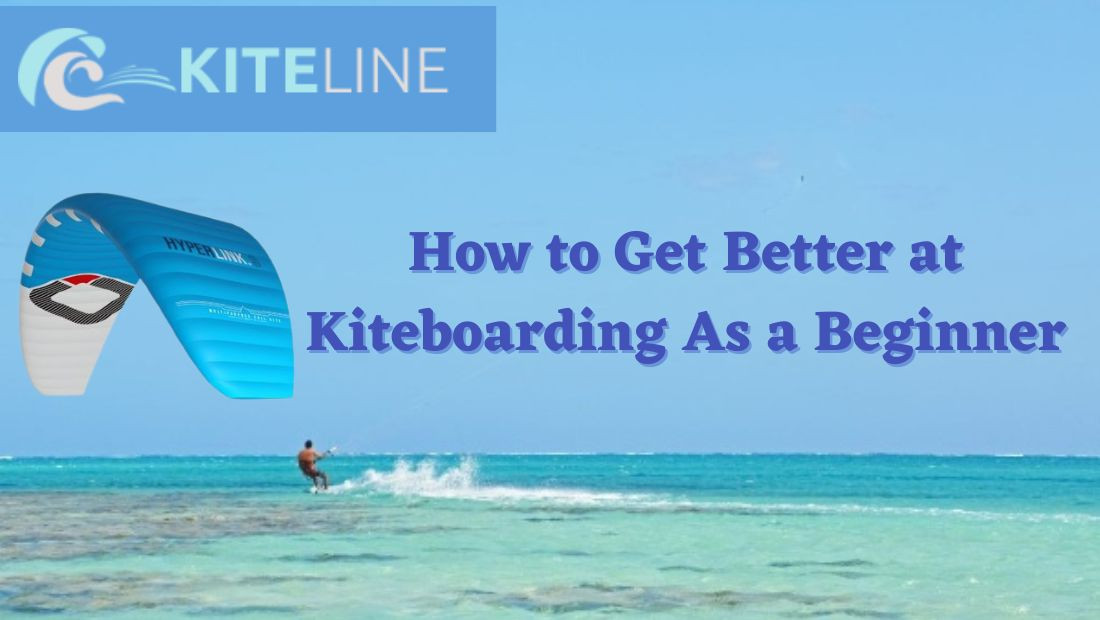


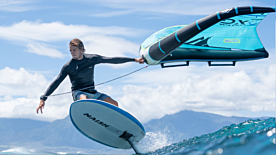
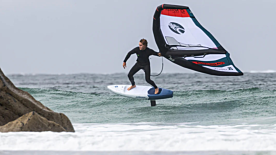
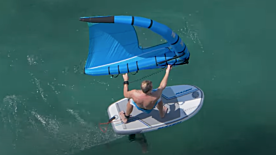
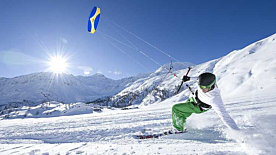
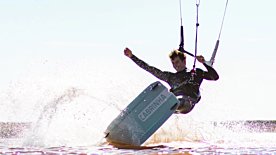
Validate your login